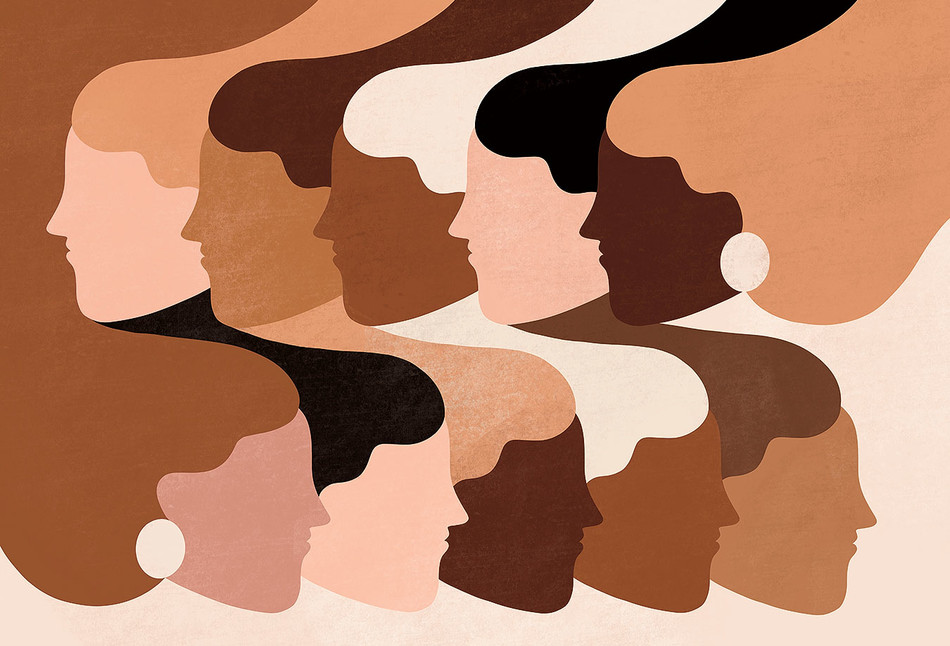Despite ambitious recent efforts to promote diversity, equity, and inclusion in American workplaces, surveys show that people of color still feel that their ideas and accomplishments are routinely ignored by colleagues.
Columbia sociologists David Stark and Sheen S. Levine believe they have discovered an underlying source of the problem — and the seeds of a potential solution.
In a series of experiments designed to assess white Americans’ attitudes toward their Black peers, the sociologists asked white, well-educated men and women to try to solve an online puzzle in a virtual environment. Participants were introduced to fictional characters whom they were told possessed secret information that was essential to completing the puzzles, and they were invited to copy these peers’ strategies. They knew nothing about their fictional peers apart from their names: some had typically white names, and others had typically Black names. The researchers found that the participants were 25 percent less likely to imitate the puzzle-solving methods of their Black-named peers, compared to their white-named ones. The participants also rated their Black-named peers as less competent afterward, even though they performed equally well.
The researchers tried two remedies. In one case, at the start of the experiment, they provided participants with their imaginary peers’ excellent scores on a cognitive test. This led the participants to describe their Black peers as more skilled, but it did not make them any more likely to imitate their methods. In another case, the researchers let the participants observe their Black peers’ intelligence and skills more directly, by watching them repeatedly solve the puzzle successfully. This had a profound impact: the white participants’ biases melted away, and they began to trust and emulate their Black peers.
The Columbia researchers say that their study, which is one of the largest of its kind ever conducted, involving nearly 1,500 white participants, holds practical lessons for organizations that are committed to supporting communities of color within their ranks. It is not enough, the researchers say, for companies to simply facilitate conversations among their employees about unconscious racial biases. Rather, companies need to ensure that white workers have regular and sustained interaction with Black colleagues.
“The takeaway is that there is no quick and easy fix,” says Levine. “And this can explain why diversity and sensitivity training programs often do not accomplish much on their own.”
Says Stark: “Leaders of organizations should pay attention to these findings in order to understand racial disparity in patterns of attention. It’s in everyone’s interest that we find ways to remedy this ‘racial attention deficit.’”
This article appears in the Winter 2021-22 print edition of Columbia Magazine with the title "Fighting racial bias, collaboratively."



